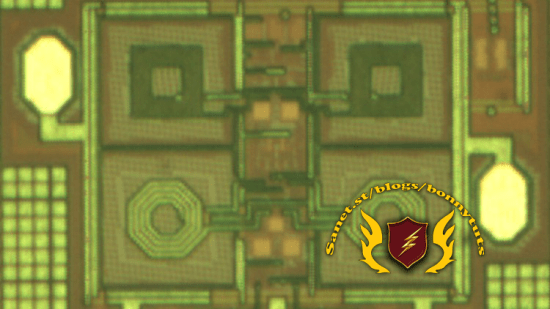
Published 1/2023
Created by Payam Heydari
MP4 | Video: h264, 1280×720 | Audio: AAC, 44.1 KHz, 2 Ch
Genre: eLearning | Language: English | Duration: 20 Lectures ( 8h 56m ) | Size: 4 GB
Fundamentals of Oscillators
What you’ll learn
The students will learn how to analyze and design one of the most fundamental circuits, namely, oscillators
They will learn the ring oscillators, LC oscillators, voltage-controlled oscillators, and the notion of phase noise
This course also offers basic understanding of the quadrature oscillators and the concept of injection locking
We will go through set-by-step approach of designing a cross-coupled pair LC oscillator.
Requirements
The pre-requisit for this is a good understanding analog circuits and systems.
Description
This course focuses on the study and design of oscillators. As we will learn, oscillators are autonomous circuits capable of producing sustainable oscillation. The course starts by modeling the oscillator as a closed-loop feedback system. By investigating the magnitude and phase plots, the necessary conditions for oscillation are then derived. Multi-stage ring oscillator based on the feedback concepts and oscillation condition will then be designed. The large-signal study of a ring oscillator will then be presented. This will be followed by proposing several delay-stage candidates for a ring oscillator. The course then studies the pole-zero pattern of a closed-loop feedback system to be able to generate oscillation. Looking at the LC circuits, we will learn that the passive components inevitably have losses that prevent the LC network to generate steady-state oscillation. We will then study loss-compensation networks from two perspectives, namely, (a) feedback theory and (b) active devices exhibiting negative resistance. The course then offers a ground-up approach to cross-coupled pair oscillators. We will then learn about a basic network that plays a foundational block for a class of oscillators such as Colpitts, Clapp, and Pierce topologies.The course will then introduce voltage-controlled oscillators (VCOs). We will learn about a number of design specifications for VCO design. Next, several mechanisms and circuit techniques will be introduced that will enable tuning in a ring oscillator. This will be followed by an in-depth study of varactor-based LC VCOs. We will also learn that varactor has limited quality factors and oscillators based on varactors cannot have a wide tuning range. We will then introduce the concept of discrete tuning. Finally, we learn about the concept of inductive tuning and present two approaches based on magnetic tuning and active inductors that facilitate inductive tuning.Because inductors are essential components in oscillators, we will then review the on-chip inductors and discuss a lumped electrical network that models the on-chip inductors.The course will finally offer a general overview of phase noise. We briefly discuss a linear-time invariant approach to model the phase noise, and finally, we will discuss the widely used Leeson formula for phase noise modeling.
Who this course is for
For all junior- and senior-level undergraduate students, graduate students, design engineers, students who are preparing for interview at a high-tech company, and engineers who are pursuing a career in RF circuits.
Password/解压密码www.tbtos.com